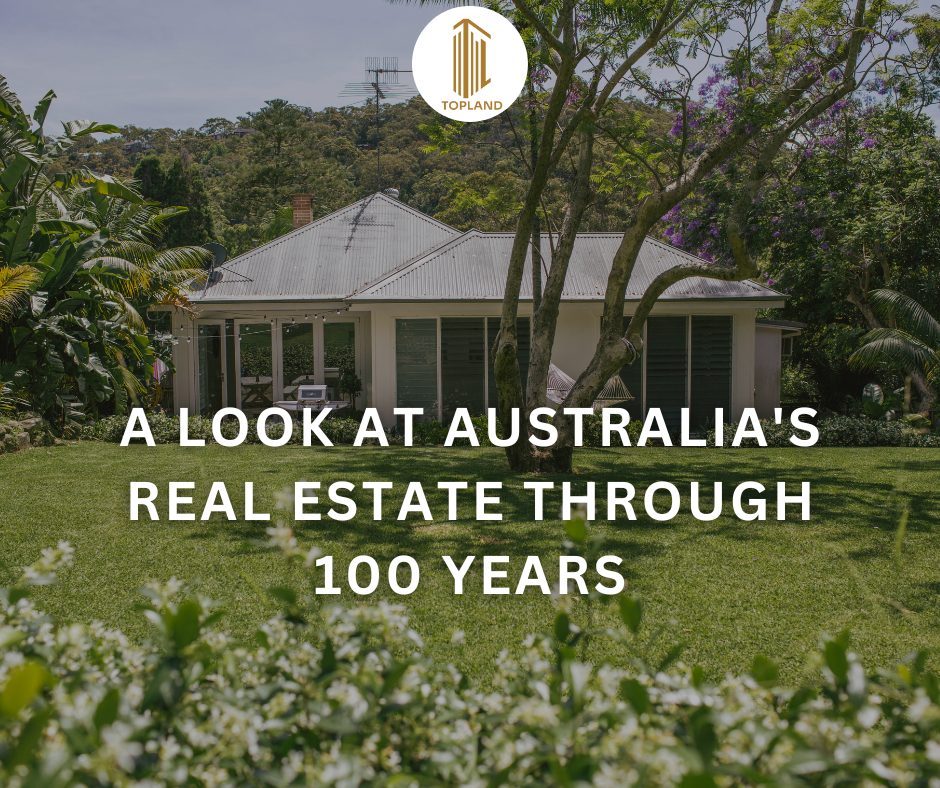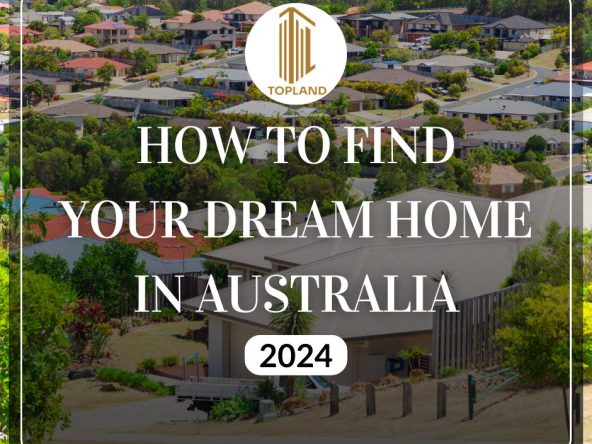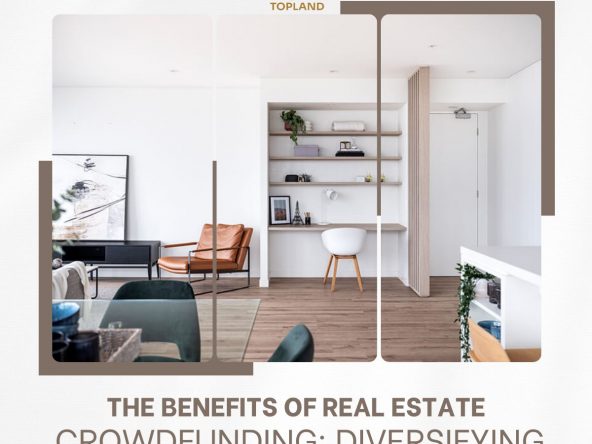Australia’s vibrant real estate landscape has undergone a remarkable transformation over the past century, shaped by a multitude of forces. From the early 20th century’s focus on practicality to the modern era’s embrace of sustainability and open-plan living, understanding these influences provides valuable insight into the ever-evolving Australian home.
The Early Decades: Functionality Reigns Supreme (1920s – 1950s)
The early decades of the 20th century were marked by a strong emphasis on practicality and affordability in Australian homes. The nation was still recovering from the economic hardships of World War I, and the focus was on building sturdy, functional homes that met the basic needs of growing families.
- The Rise of the California Bungalow: This iconic style, characterized by its low-set profile, wide verandas, and open floor plans, gained immense popularity during this period. Its affordability, adaptability to various climates, and focus on outdoor living resonated with Australians.
- Material Choices: Brick was the preferred material for construction due to its durability and fire resistance. Timber framing was also prevalent, particularly in regional areas.
The Post-War Boom: Prosperity and the Rise of Suburbs (1950s – 1970s)
The post-war economic boom in Australia witnessed a surge in homeownership and the proliferation of suburbs. This era saw a significant shift in the way Australians viewed their homes, with a growing emphasis on comfort, leisure, and entertaining.
- The Introduction of Modern Amenities: Homes began to incorporate modern conveniences like built-in appliances, separate living and dining areas, and dedicated laundry spaces.
- The Suburban Dream: The concept of the “quarter-acre block” with a detached house and backyard became synonymous with the Australian dream, fueled by government policies promoting homeownership and the rise of the automobile.
- Rise in Price: With the increased demand and suburban development, the average house price in Australia began a steady climb, although remaining relatively affordable compared to today’s standards.
The Decades of Change: Embracing Diversity and Individuality (1980s – 2000s)
The latter half of the 20th century saw a diversification of housing styles and a growing emphasis on individual expression. Australians became more receptive to global influences, and the traditional suburban house began to share space with a wider range of architectural styles.
- Multicultural Influences: As Australia’s population became more diverse, so too did its housing landscape. Influences from various cultures, like the use of courtyards in Mediterranean-inspired homes, became more evident.
- Open-Plan Living: The concept of open-plan living, where separate rooms like the kitchen, living room, and dining area flow seamlessly into one another, gained popularity. This trend reflected a desire for greater connection and a more social living environment.
- Price Rise Continues: The national average house price continued its upward trajectory, fueled by factors like low interest rates, an influx of overseas investment, and a growing population.
The 21st Century: Sustainability, Technology, and the Evolving Landscape (2000s – Present)
The 21st century has witnessed a renewed focus on sustainability, technology, and creating homes that cater to the specific needs and lifestyles of their occupants.
- Sustainability Takes Center Stage: Concerns about climate change and environmental impact have led to a growing demand for sustainable features in homes. This includes energy-efficient appliances, water-saving fixtures, and the use of recycled materials.
- Smart Homes: Technological advancements have given rise to the concept of “smart homes,” equipped with features like automated lighting, temperature control, and security systems.
- Price Surge: The past two decades have seen a significant surge in Australian real estate prices, particularly in major cities like Sydney and Melbourne. This has made homeownership increasingly challenging for young Australians and first-time buyers.
Looking Forward: The Future of Australian Homes
As we move forward, the Australian real estate landscape is likely to continue evolving, shaped by factors like:
- Demographic Shifts: An aging population and changing family structures may lead to a demand for more adaptable and accessible housing options.
- Urbanization: The trend towards urbanization is likely to continue, placing pressure on available land and potentially leading to the development of more high-density housing options.
- Technological Advancements: Continued advancements in technology are likely to further transform the way we design, build, and manage our homes.
Understanding the forces that have shaped Australian homes over the past century provides valuable insight into the current landscape and helps us anticipate future trends. As the real estate market continues to evolve, Australians will need to adapt and innovate to ensure everyone has access to safe, comfortable, and sustainable
The Impact of Real Estate on the Australian Economy
The real estate sector plays a significant role in the Australian economy, contributing to GDP, employment, and government revenue. It is also a major source of wealth for many Australians, with the value of residential property accounting for a large proportion of household assets.
- Contribution to GDP: The real estate sector directly contributes to GDP through activities like construction, real estate services, and property development. In 2023, the sector contributed an estimated 11.2% to Australia’s GDP.
- Employment: The real estate sector is a major employer in Australia, with over 1.2 million people working in the sector in 2023. This includes jobs in construction, real estate sales and leasing, property management, and other related industries.
- Government Revenue: The real estate sector also generates significant revenue for the government through taxes like stamp duty, land tax, and capital gains tax. In 2023, state and federal governments collected an estimated $72 billion in revenue from real estate-related taxes.
The Future of Real Estate in Australia
The future of real estate in Australia is likely to be shaped by a number of factors, including:
- Population Growth: Australia’s population is expected to continue growing in the coming years, which will put pressure on housing supply and potentially lead to higher prices.
- Interest Rates: The level of interest rates will have a significant impact on the real estate market. Higher interest rates can make it more expensive to borrow money, which can dampen demand for housing.
- Affordability: Housing affordability is a major issue in Australia, particularly in major cities. Governments are likely to introduce policies aimed at improving affordability, such as increasing supply and providing financial assistance to first-time buyers.
The Australian real estate landscape has undergone a remarkable transformation over the past century, shaped by a multitude of forces. Understanding these forces provides valuable insight into the current landscape and helps us anticipate future trends. As the real estate market continues to evolve, Australians will need to adapt and innovate to ensure everyone has access to safe, comfortable, and sustainable housing.
Our project HERE for you
______________
LIKE AND FOLLOW US ON FACEBOOK FOR NEWS
CONTACT US NOW: 02 8021 3139




